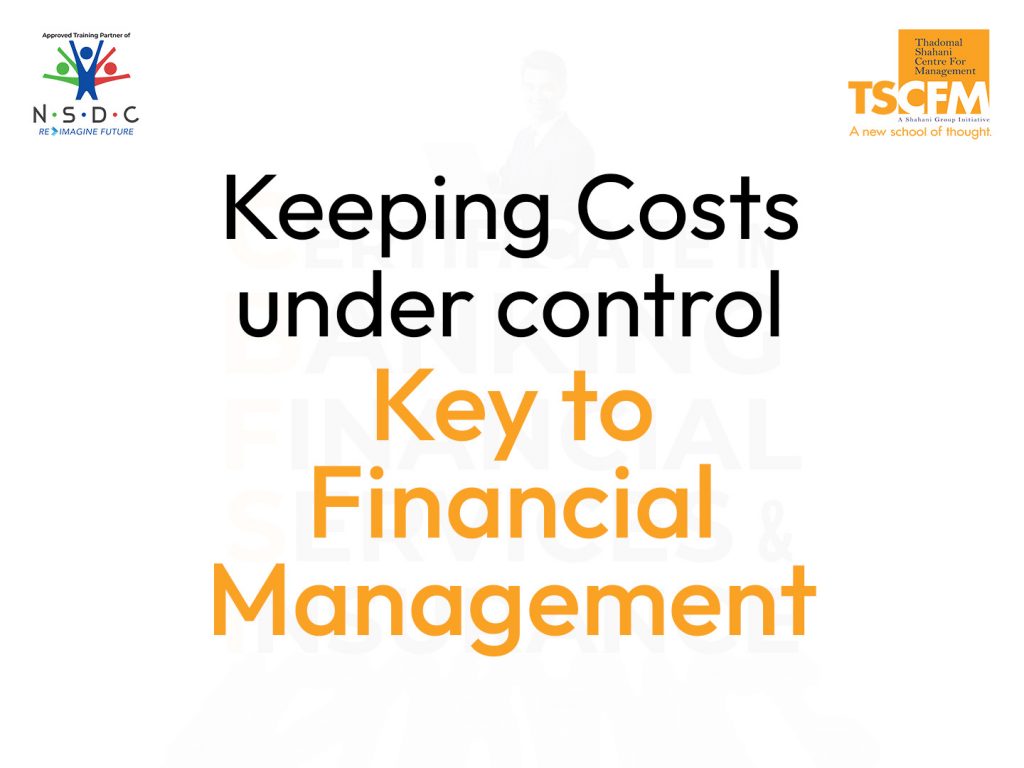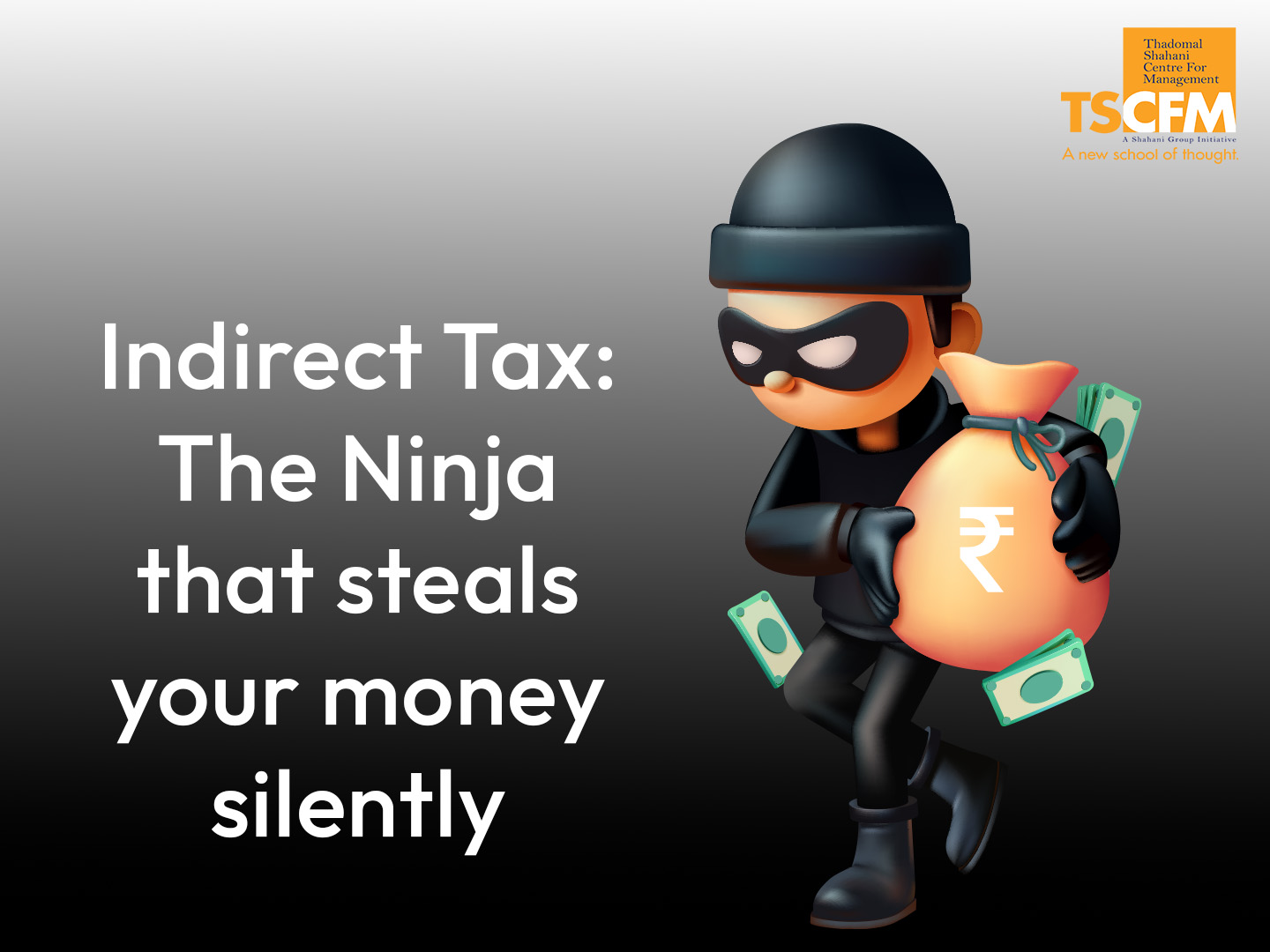Share
Financial Management – Easier said than done

Krishna and Manav both in the same class of 1 st standard one day went together to a garden with their parents. Just ahead of the entrance of the garden they see a seesaw. which is barely one foot tall. Krishna was a risk averse child and he was very happy to see this seesaw. He would have been so safe even if he fell down! However Manav was not happy. He was a daring child. He thought how boring it is to sit on such seesaw which can hardly swing due to its low height.
Next weekend their parents decide to take them together to another garden. There again they see a seesaw. Imagine the seesaw was quite tall. Almost a height of an elephant. Krishna got extremely scared and refused to sit on it. Manav started dancing after seeing it and jumped to sit on it.
What made the difference? Both were seesaws but the results were different. The pivot at the centre of the seesaw made all the difference. In the first seesaw the pivot was short which resulted in safety but no fun. In the second, the pivot was tall resulting in lot of fun but at the same time bringing lot of risk.
This is exactly what happens in the businesses. In the place of pivot, take fixed costs such as rent, depreciation, fixed salaries of the support people and so on. If these fixed costs are
high (which is similar to the pivot in our seesaw example), no doubt it brings lot of fun in terms of high rate of increase in profits when volumes grow but at the same time it brings lot of risk when recession enters. When volumes are growing, the fixed costs which are occupying higher portion do not increase resulting in huge increase in profits. But if recession comes these very same high fixed costs do not reduce at all pulling down your profits drastically.
When these fixed costs occupy a very small proportion of total cost, which means variable costs are high in proportion, no doubt it brings safety in the sense that if volumes go down the majority of the variable costs also go down. However it lacks fun in terms of limited increase in profits when volumes jump. This happens because when the volumes jump, the
majority of the variable costs also increase and hence the increase in profit is limited.
Therefore the question is, whether the organisations should have high proportion of fixed costs or variable costs? The answer is not straight ‘yes’ or ‘no’. It depends on what future
has in the store. If volume is expected to rise, it is good to have high proportion of fixed cost. If volume is expected to drop, better you play safe and go for low proportion of fixed cost.
This makes the whole forecasting and financial management a difficult exercise and hence the qualified finance professionals including MBAs with Finance specialisation are always in demand. Profit is always the result of either price or cost. Now price is hardly in one’s control due to tough competition everywhere. Cost is the one which should always get maximum attention and the cost structure becomes a major area for the management.
Remember, Topline i.e. Revenue has limited meaning if the bottomline i.e. profit does not
grow.
Want a Successful Career?
Fill up this form for a free career psychometric test & a 30 min career guidance session with our advisor.






